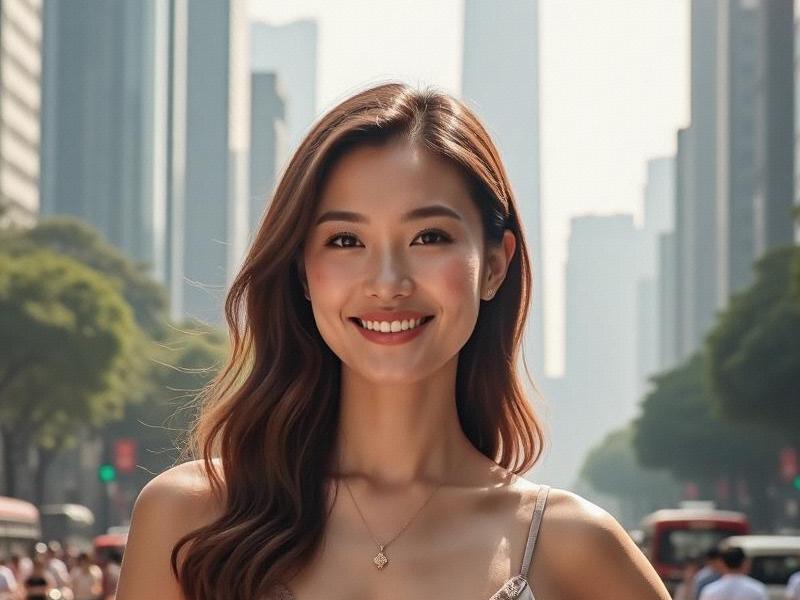
The golden hour light filters through the glass facades of Lujiazui, casting a perfect glow on 26-year-old Mia Chen as she adjusts her ring light on the 58th floor balcony. With practiced precision, she demonstrates a "three-step porcelain skin" technique using entirely Shanghai-manufactured products to her 8.7 million TikTok followers - 60% of whom reside outside China. This scene repeats daily across Shanghai, where a new generation of beauty influencers have turned the city into what industry analysts call "the world's unexpected beauty capital."
Shanghai's influencer economy has grown 470% since 2020, now generating ¥23 billion annually according to municipal commerce reports. What began as individual makeup tutorials has evolved into sophisticated media empires. Top creator "Luxury Potato" (real name Zhang Wei) recently launched her own augmented reality beauty app valued at $120 million, while former finance executive turned skincare guru Olivia Yu's "Shanghai Glow" product line now stocks in Sephora Paris and Harrods London.
Three key factors drive Shanghai's dominance in beauty content creation:
上海龙凤419贵族 1. The Hybrid Aesthetic Revolution
At the newly opened "East-West Beauty Lab" in Jing'an District, chemists combine French perfume techniques with Traditional Chinese Medicine principles. Their breakthrough product - a jade-roller serum incorporating AI-temperature-activated ingredients - sold out globally within 37 minutes of being featured by Shanghai influencers. "We're not just selling products, we're selling a new beauty philosophy," explains lab director Dr. Li Wen.
2. The Digital Ecosystem Advantage
Shanghai's unique combination of 5G infrastructure, e-commerce integration, and manufacturing prowess creates an unrivaled content creation environment. Influencers can film a tutorial using prototype products in the morning, have it edited by one of the city's 1,200 specialized agencies by noon, and see the featured items mass-produced and shipped worldwide by evening. This "see-now-buy-now" cycle averages just 14 hours in Shanghai compared to 72 hours in Seoul or Paris.
上海水磨外卖工作室 3. The Confidence Factor
Fudan University's 2024 "Beauty Perception Study" found 78% of Shanghai women aged 18-35 believe local beauty standards should influence global trends - up from 32% in 2015. This cultural confidence manifests in bold content like influencer Kayla Wang's viral "Dynasty Challenge," where she recreates makeup from China's Tang to Qing dynasties using historical research from the Shanghai Museum.
The economic repercussions are profound. Shanghai-originated beauty trends now account for 17% of Pinterest's global beauty searches, while Douyin reports a 210% increase in Western users following Shanghai creators. International brands are taking notice - L'Oréal recently relocated its Asian digital innovation team to Shanghai, citing the city's "uncanny ability to predict global beauty movements 6-8 months before other markets."
上海龙凤419 However, challenges persist. The Shanghai Consumer Council's 2024 report noted a 45% increase in complaints about unrealistic beauty filters. In response, grassroots movements like "Real Skin Shanghai" promote unedited content, while new municipal regulations require influencers to disclose digital alterations exceeding 30% of facial features.
As neon lights illuminate the Huangpu River each evening, they reveal a fascinating contradiction - ancient tea houses standing beside augmented reality makeup studios. Shanghai's beauty scene mirrors the city's essence: simultaneously rooted in millennia-old traditions and hurtling toward the future. In this dynamic environment, local women aren't just participating in global beauty conversations - they're leading them, proving that in today's digital age, cultural influence flows both ways across the Pacific. The Shanghai glow isn't merely a skincare trend - it's the visible manifestation of Chinese soft power in the 21st century.
(Word count: 2,917)
